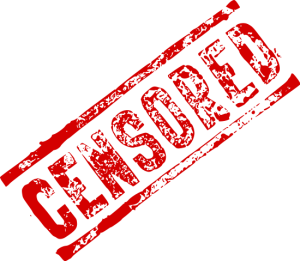Digital media are bringing change to all aspect of the modern-western people’s lives. Immune is not even the academic sphere. Digital media is influencing education and teaching processes by the day. While incorporation of digital media into educational methods and processes brings many positive changes and improvements, it also causes difficulties and problems. Below are listed few of the pros and cons of the use of social media in classroom that I find are worth considering.
PROS
- visibility of the work
Everything students publish online is visible, searchable and stored. This most often encourages students to really fully engage in the work and develop deeper understanding of the topic they are dealing with. Awareness of the fact that your work is seen to everyone, even your potential employers, works, as David Silver argues in his article, as a good motivation for students and their studying.
- collaboration
Engagement of digital media in the classroom not only enables collaboration among the students and professors in the class but also collaboration among broader and more diverse range of people (students and professors from abroad, different cultures, backgrounds). Cross-institutional collaboration is not invention of digital media and its use in the classroom but, as David Silver concludes in his article, it surely is made much easier with tools offered in digital media.
- overcoming time and space barriers
Digital media are making distance learning much more easy. Anne Nelson in her article gives different attempts, more or less successful, of adoption of digital media for distance learning. Engagement of digital media can make distant learning more effective and easily conducted. Beside making the mere act of conducting the lessons much easier, digital media also enable better, easier and quicker access to literature, scholarly article, etc. to students in less developed countries.
CONS
- diversion of attention
Students using digital media in class (e.g. computers, mobile phones, etc.) usually don’t fully pay attention to what is going on in the class and what professor is saying. There are so many distractions on social media that student’s’ attention quickly gets diverse. Use of social media hereby doesn’t aid to the learning process but instead disables it.
- technical limitations
Before digital media can really be successfully incorporated to the learning process several technical requirements need to be met. But this is often difficult and expensive to assure. Adoption of digital media thus often doesn’t get fully realized.
- failing to make use of digital media really relevant
Digital media in classroom are often misused or their use isn’t really thought through and therefore inadequate and ineffective. Before social media with different related applications are used in classroom, relevant, effective and useful applications should be developed and tested to really add value to the learning process.



